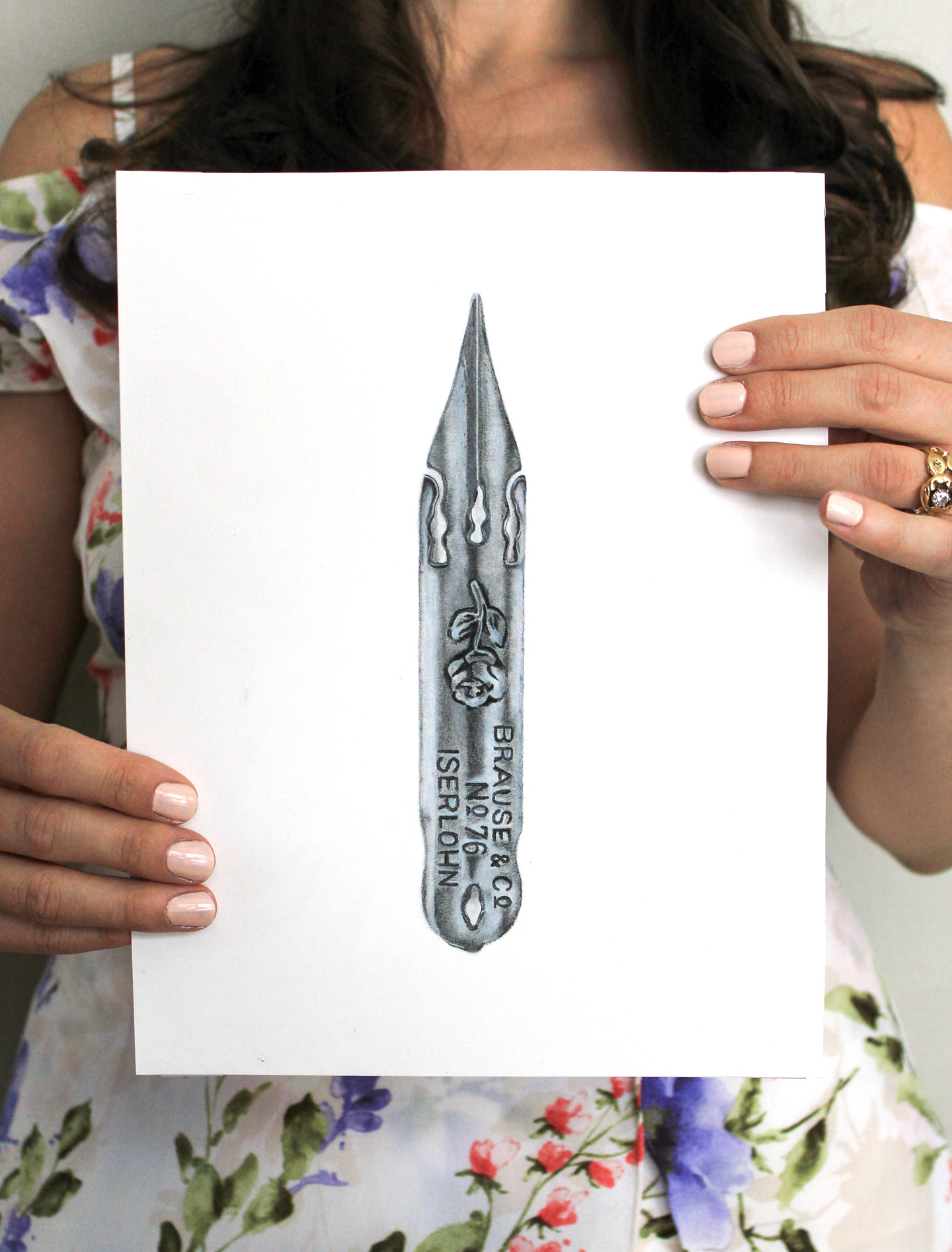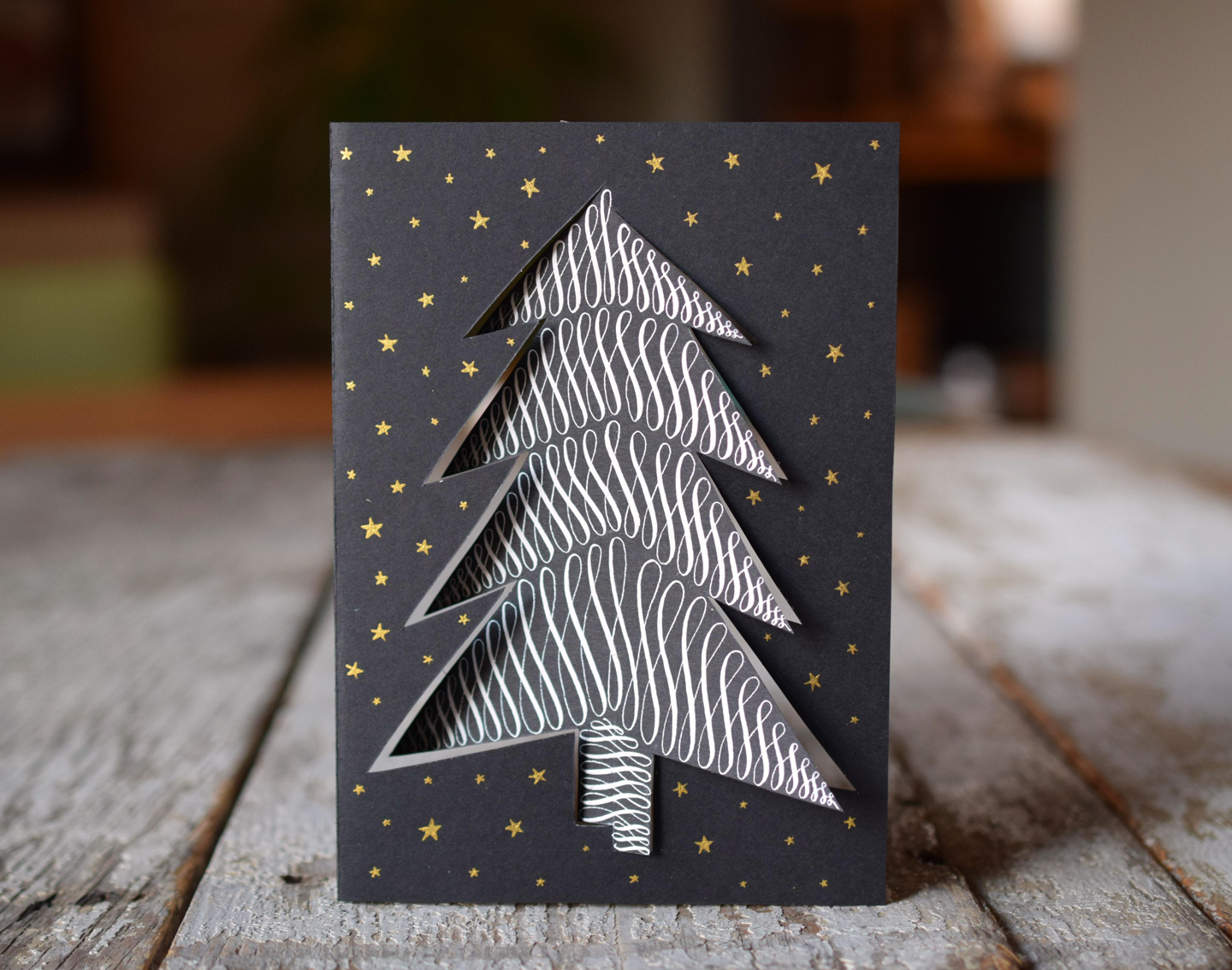
For a long time, I didn’t like chalk pastels. I couldn’t get over how dusty they got my hands {and desk, and floor, and anything else in the room}, and the patience required to blend. But lately, I’ve come to realize that chalk pastels are wonderful because of the soft, sweet effect they lend their subjects. Not only are they great for depicting objects …

… but they also are a fantastic medium for portraits of children.

I thought you might be interested in learning a little bit about the process, so I’ve put together this chalk pastel tutorial for your learning pleasure. I decided to capitalize on our new little niece’s cuteness for this tutorial; I dually selected a photo from Facebook.

You can choose a photo from anywhere to draw; take it on your smart phone, get it off of Facebook, or use a stock photo from stock.xchng {a site that supplies free stock photos}. Just ensure that the photo offers decent contrast, and you’ll be good to go!
Once you have chosen your photo, you’ll want to choose a paper. For the first image in this blog post {the little girl with an apron}, I used regular drawing paper. It blends smooth, which I love. For the purposes of this chalk pastel tutorial, however, I wanted to use up some watercolor paper I stained with strong tea a while ago. To make paper like this, just brew some strong tea/coffee and brush it on.

Once you have your paper, you’ll want to make an outline of your subject. To save time, I freehanded, but if you are not comfortable with free handing, the grid method works wonders.

Next, you will assemble your supplies.

Honest to goodness, this whole ensemble cost me about $1.50. I believe the chalk pencil set was $0.50 at a garage sale last year; the fat chalk pastels below it were $1.00 at the same garage sale, and the Nupastels were procured by my mother at an auction. They’re from the 60’s or 70’s, but they still work well and I love them! All products can, of course, be found new — I would recommend purchasing these Nupastels; and this assortment of drawing pencils is a must-have!


Now that you’ve got your supplies, you’ll put down your first layer of pastel. Since chalk pastels are so messy, I prefer to work in sections, making my way to the right {so my hand doesn’t accidentally smudge my work}. If you’re left-handed, you’ll want to make your way to the left. I am starting here with a layer of white:

… and I see just a little bit of marigold in the blanket, so I’ll add some:

Then I’ll use white to blend in the marigold:

You may be wondering when to use the Nupastel; and when to use the chalk pencil. Really, it’s just a matter of preference. I use the Nupastels when I don’t need to depict a lot of detail because they fill a larger area faster. The chalk pencils are great for detailing; which is why I am using one below to shade. The fatter chalk pastels I use to fill in very large areas {dually, I won’t be using them in this tutorial, since the subject doesn’t have large areas}.

Like I said, drawing in sections works best for me, so now I’m moving on to the peek of green below the fleece on the top. I started with a green pastel.

Once I had covered the area with green, I used black to add shading.

Then I blended the black and green together with white.

Next, I started on the flesh. Since she is very light, I put white first, then peach. For darker skin tones, you may be able to start with peach then add brown.

I shaded the skin with gray and black, then a little bit of brown. Then I finished the left side of the blanket.

My favorite part to work on is the face. Don’t forget when creating the face that it is made up of shapes: two circles for the cheeks, an oval for the chin, an oval for the forehead, etc. You’ll want to contour appropriately with your shading!
I started by coloring in the face with white:

… And contouring with darker colors.


Then I colored in the eyes, which makes the portrait look a lot less creepy!

When I felt I was finished with the face, I moved on to the rest of the blanket. Remember how I said chalk pastels are dusty?

{I’m definitely going to have to vacuum tomorrow!}



Now, I just have the arm and basket, and then I’m finished!

Once you have created a portrait, it’s always a good idea to go back the next day and correct mistakes you made but could not “see”. Once you have been working on something for a couple of hours, it’s tough to view it objectively. Since I created this portrait of my niece in 3-4 hours, I know there’s more work to be done — but for the educational purposes of this post, the portrait works! Here’s an example of a commissioned piece that I spent several days on:

When you are sure you don’t want to make any more changes to your chalk pastel piece, you’ll want to spray it with a fixative; something like this Krylon fixative. However, if you don’t have fixative, very cheap hairspray {White Rain or a similar brand} will work fine. Make sure it’s as chemical-laden as possible … the worse for your hair the hairspray is, the better chance it won’t get grease spots on your artwork {since it doesn’t have added vitamins or oils}.
If you have any questions, don’t hesitate to ask — I hope you were able to glean some tips from this chalk pastel tutorial! As always, thanks so much for reading.

*This post contains affiliate links to Amazon































